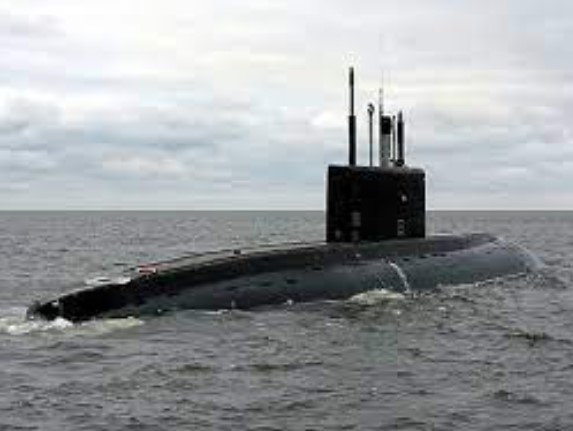A Hidden Naval Stronghold Revived
Russia’s ongoing war with Ukraine has forced major shifts in its naval defense strategy, particularly as Ukrainian strikes increasingly target the Black Sea Fleet (BSF). One significant response has been the revival of the Soviet-era underground submarine base in Balaklava, Crimea. Originally built during the Cold War, this facility—known as “Object 825GTS”—was designed to shield submarines from nuclear attacks and aerial strikes. After the Soviet collapse, it was abandoned and later turned into a museum, seemingly destined for obsolescence.
Following Russia’s annexation of Crimea in 2014, military interest in Balaklava reignited. With Ukrainian missile and drone attacks threatening Sevastopol, Moscow has begun refurbishing the base as a protective shelter for its warships. Satellite imagery reveals increasing activity at the site, including new fortifications, anti-drone barriers, and heightened security to prevent sabotage. These developments indicate Russia’s urgency in securing its naval assets amid mounting battlefield challenges.
Despite these efforts, the base’s limitations remain. Its narrow tunnels, originally designed for smaller Soviet-era submarines, are poorly suited for modern Russian vessels, restricting its operational effectiveness. While the facility provides some level of protection, it is unlikely to fully shield the BSF from Ukraine’s evolving strike capabilities, leaving Russia to continue searching for long-term solutions to its maritime vulnerabilities.
Black Sea Fleet Faces Heavy Losses
The Black Sea Fleet, once considered a powerful component of Russia’s naval strength, has suffered significant losses since the full-scale invasion of Ukraine began in 2022. Before the war, Russia’s Black Sea submarine fleet consisted of seven diesel-electric submarines, including five modernized Varshavianka-class vessels equipped with Kalibr cruise missiles. However, continued attacks from Ukraine have drastically reduced their operational capabilities. As of early 2025, only three combat-ready submarines remain in the Black Sea.
Ukraine’s counteroffensive efforts have dealt severe blows to Russia’s naval dominance. One of the most significant strikes occurred in April 2022 when Ukraine used Neptun cruise missiles to sink the Moskva, the flagship of the Black Sea Fleet. This attack marked one of Russia’s most humiliating naval defeats in decades. Over the following months, Ukraine intensified its use of Western-supplied long-range weapons, drones, and sea-based missiles to target key Russian military installations in Crimea.
A turning point came in August 2024 when Ukraine launched a precision strike using British-supplied Storm Shadow cruise missiles, targeting the Sevastopol shipyard. The attack destroyed a Russian attack submarine undergoing maintenance in dry dock—marking the first combat loss of a Russian submarine since World War II. The destruction of such a valuable asset further weakened the Black Sea Fleet’s ability to project power.
Following these catastrophic losses, Russia was forced to withdraw the remaining submarines from Sevastopol to the port of Novorossiisk on the Russian mainland. This relocation was a direct response to Ukraine’s ability to penetrate Crimea’s defensive networks, signaling a shift in the balance of power in the Black Sea region.
A Struggle for Strategic Control
Russia’s naval strategy has been severely impacted by the closure of the Turkish Straits under the Montreux Convention of 1936, which prevents military reinforcements from reaching the Black Sea. With Turkey strictly enforcing this rule, Moscow has been unable to move additional submarines or warships from the Mediterranean, leaving its fleet vulnerable to Ukrainian attacks.
To compensate, Russia has focused on fortifying Crimea, including reviving the Soviet-era Balaklava underground base. However, the base’s outdated design and narrow entrance make it unsuitable for modern submarines, limiting its effectiveness. While it may provide temporary shelter for smaller vessels, it cannot fully protect Russia’s naval assets from Ukraine’s evolving threats.
Despite these challenges, Russia continues to strengthen its military presence in Crimea with new defensive measures and air defense systems. However, Ukraine’s advancements in drone warfare and missile technology, supported by Western aid, ensure that the battle for control of the Black Sea remains intense, with both sides facing ongoing strategic losses.

